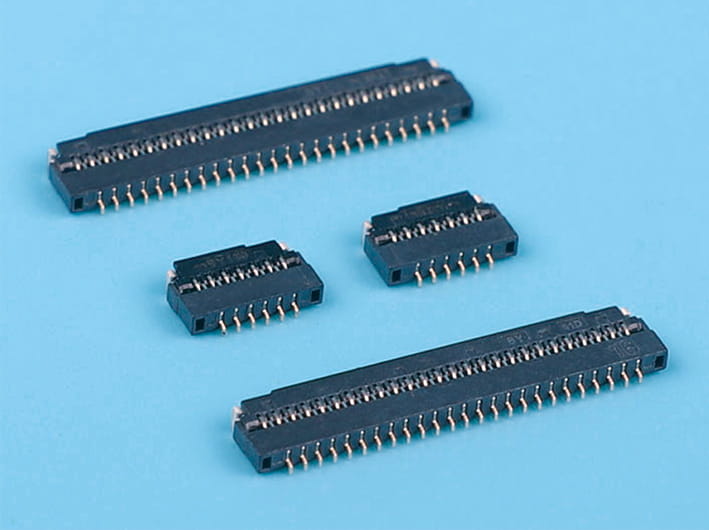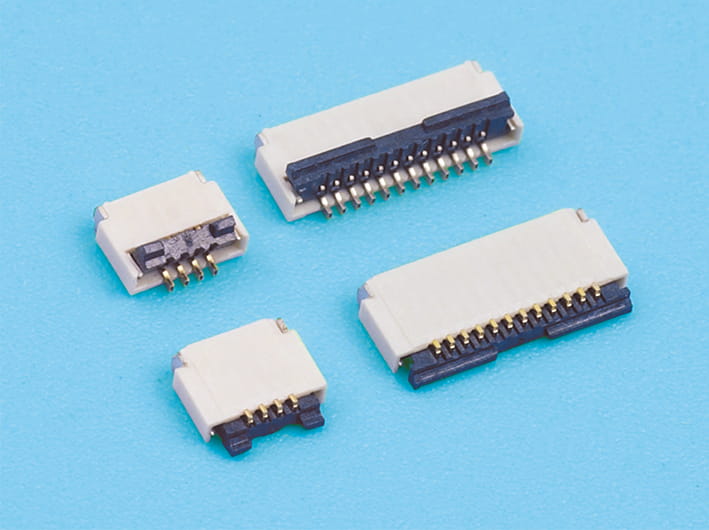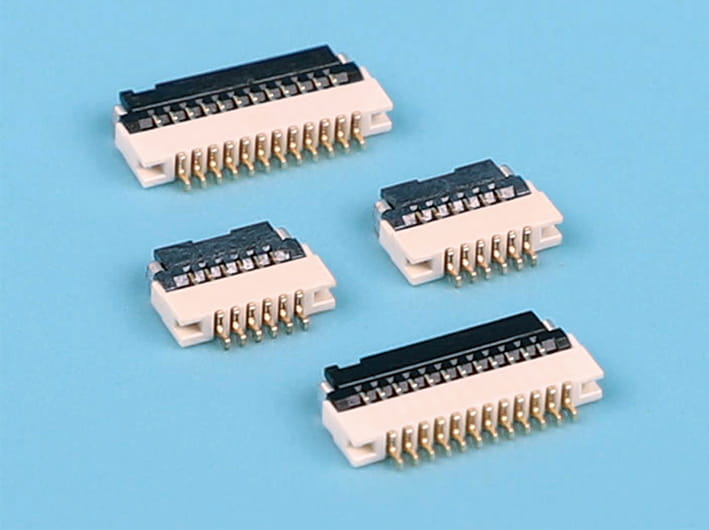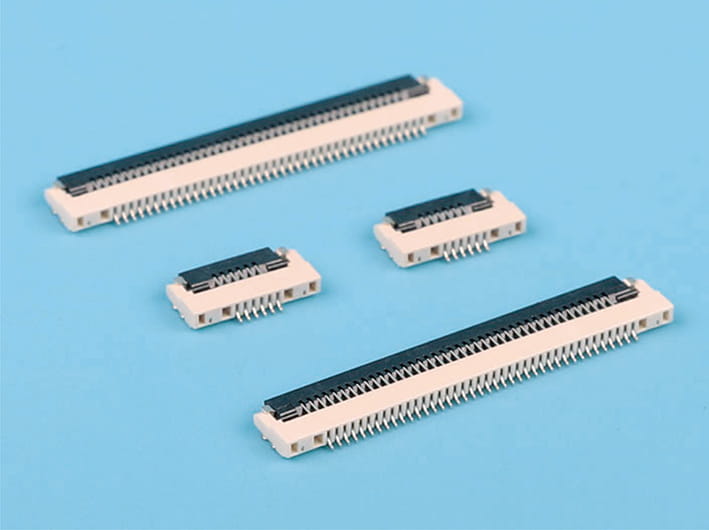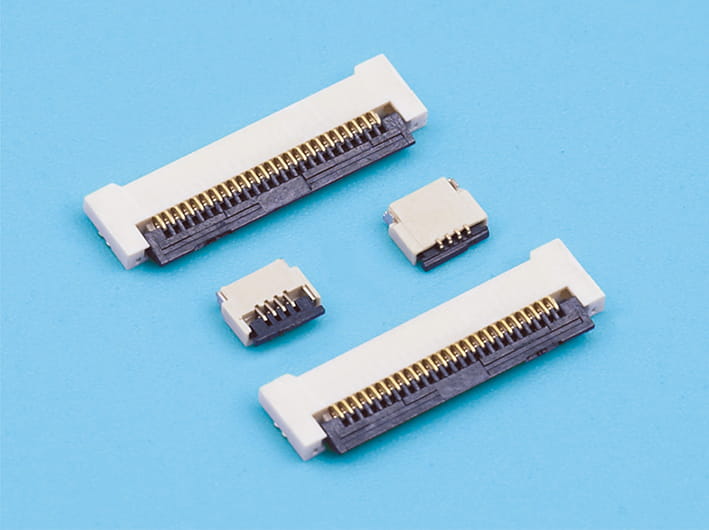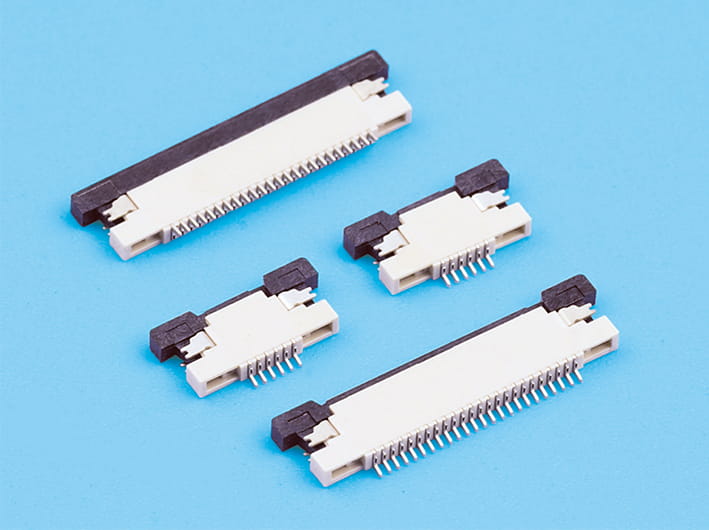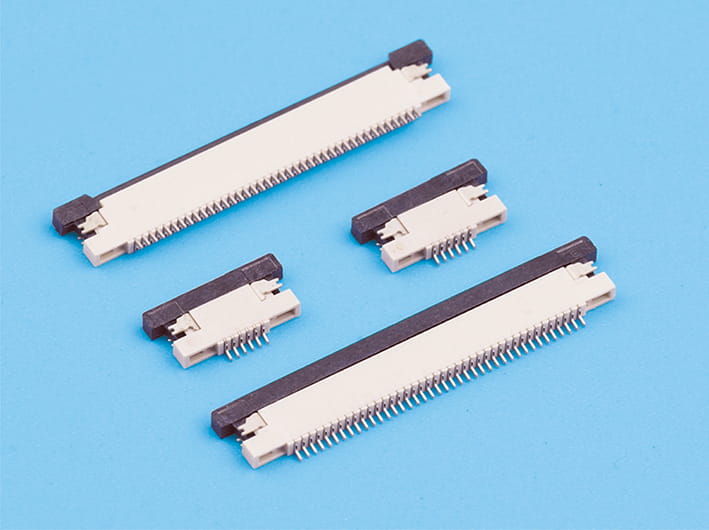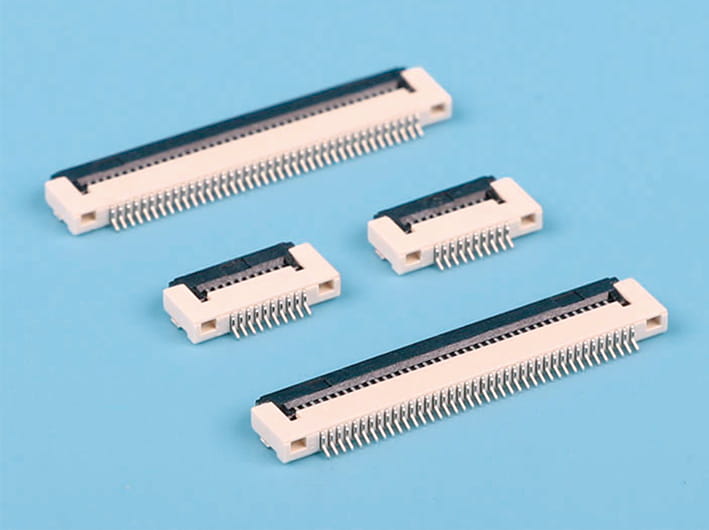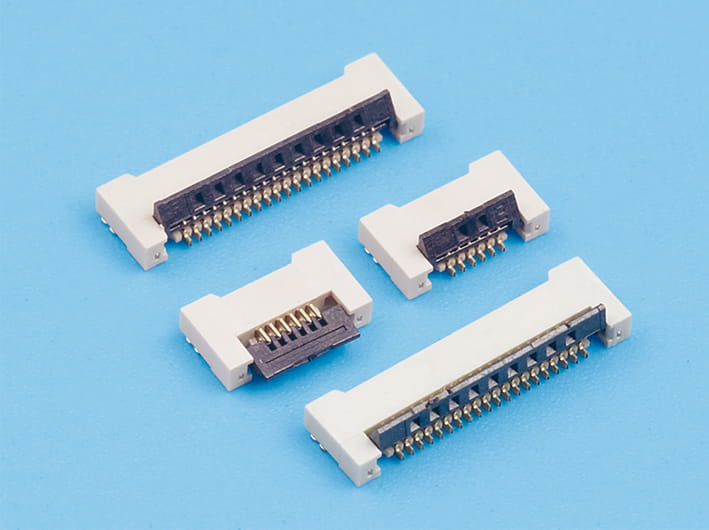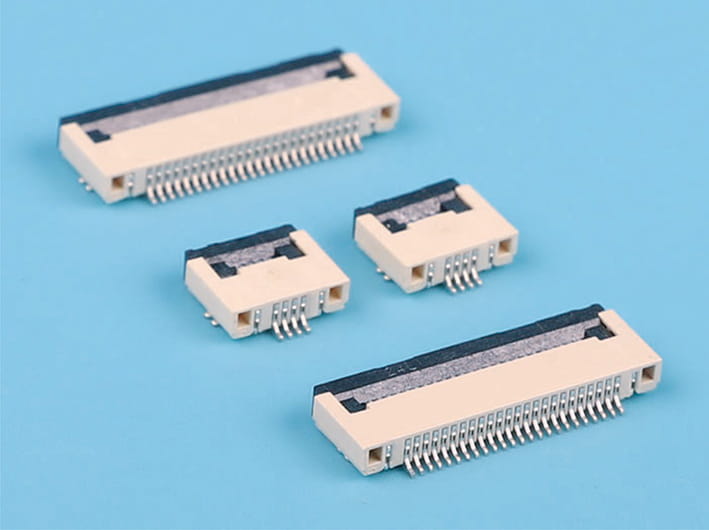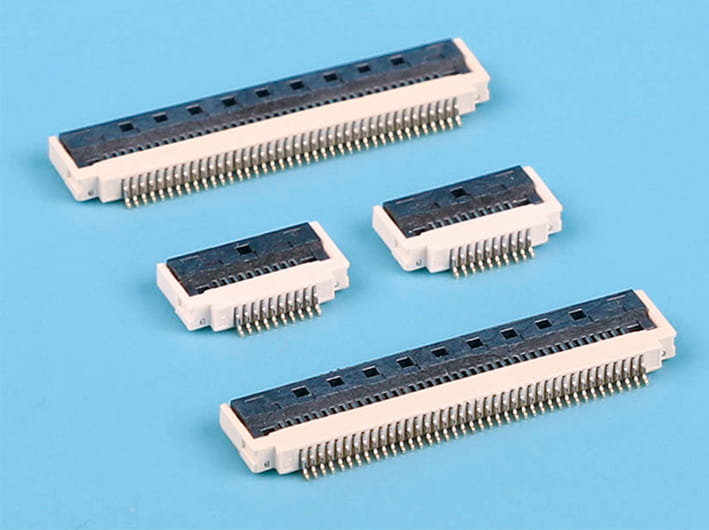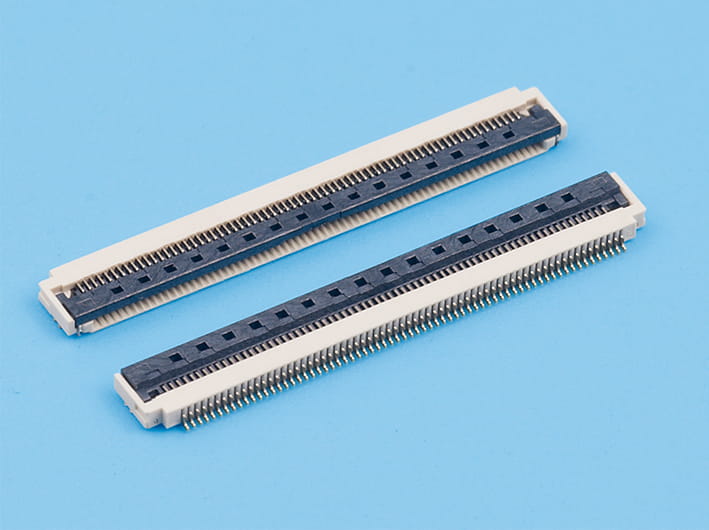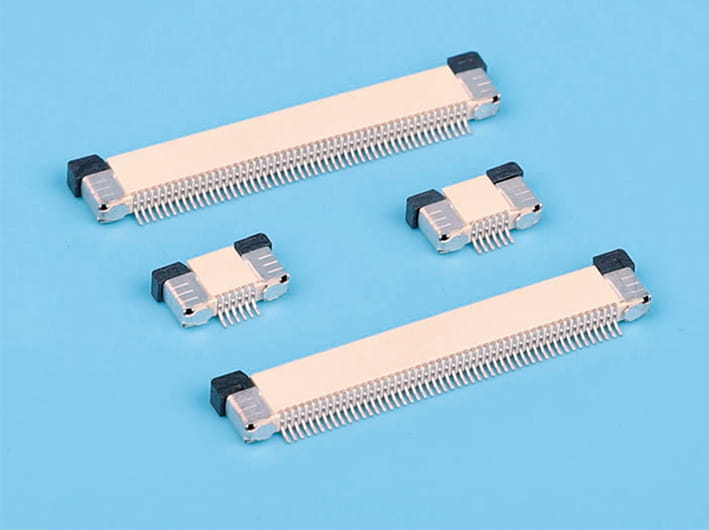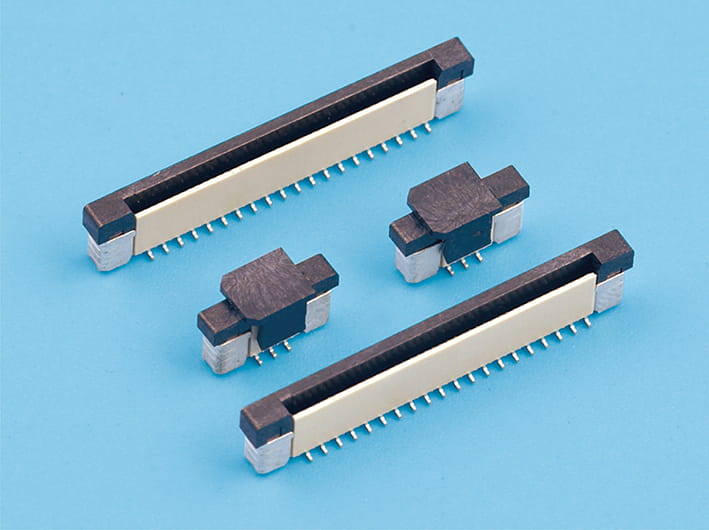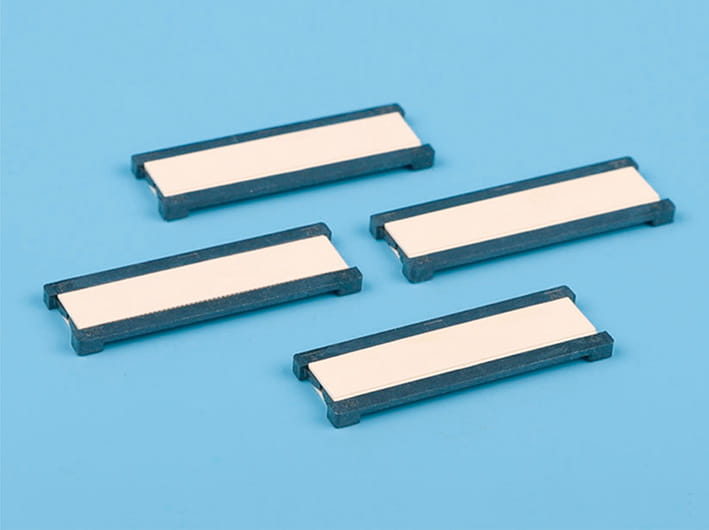Suitability of WTB Wire to Board Connectors for High-Water-Resistance Applications
Understanding Waterproofing Standards in Electronic Connectors
When working with electronics in outdoor, industrial, automotive, or marine environments, exposure to moisture, humidity, and even submersion becomes a critical design consideration. For any connector, including a WTB Wire to Board Connector, meeting such standards depends on both its structural design and the integration of sealing features.

Standard WTB Connectors and Their Limitations
Conventional WTB Wire to Board Connectors are designed primarily for ease of wire-to-PCB connectivity and are commonly used in consumer electronics, appliances, and control systems. While these connectors excel in electrical performance, compactness, and assembly efficiency, they are not inherently waterproof. Standard designs often have open contact cavities and unsealed housings that leave them vulnerable to water ingress when exposed to high-moisture environments. In such scenarios, moisture can cause corrosion, short circuits, or degradation of contact reliability.
Waterproof Variants and Enhanced Sealing Solutions
To address applications requiring high water resistance, some manufacturers have developed waterproof versions of the WTB Wire to Board Connector. These variants integrate sealing technologies such as rubber gaskets, O-rings, and sealed cable entries that prevent water penetration into the connector housing and contact interface. Overmolding with water-resistant materials and potting compounds can also enhance sealing, especially in custom or semi-custom connector assemblies. These solutions are typically tested to meet or exceed IP67/IP68 standards, allowing short-term immersion or continuous submersion under defined conditions.
Material and Design Considerations for Waterproof Performance
In waterproof connector designs, the choice of materials plays a significant role. Housings made of high-grade plastics like PBT or PA66 with hydrophobic properties help reduce moisture absorption, while silicone or EPDM seals provide flexible yet durable barriers against water. Connector geometry is also carefully designed to reduce gaps or cavities where water might collect. Locking mechanisms often include additional sealing compression features to ensure the connection remains watertight even under mechanical stress or cable movement.
Application Examples for Waterproof WTB Connectors
Waterproof WTB Wire to Board Connectors are increasingly found in sectors such as automotive lighting systems, electric bikes, outdoor LED displays, agricultural sensors, and industrial automation, where connectors are regularly exposed to rain, washdowns, or condensation. These specialized connectors ensure that signal integrity and power delivery are not compromised by water intrusion, contributing to system longevity and safety.
Installation Practices That Support Waterproofing
Even with a waterproof connector, proper installation is key to maintaining the seal. This includes using the correct mating parts, applying torque to locking features according to specifications, and ensuring cable glands or seals are properly crimped. Routing cables to avoid downward-facing connector openings and using additional housing enclosures or grommets can also improve water resistance. Maintenance protocols should include periodic inspection to detect seal wear or damage that could cause leaks.
Conditional Use of WTB Connectors in Moisture-Rich Environments
While traditional WTB Wire to Board Connectors may not be suited for high-moisture conditions, waterproof variants designed with sealing technologies can effectively meet stringent water resistance requirements. For projects where waterproofing is essential, designers must select connector models explicitly rated for moisture protection and follow proper installation practices. This ensures not only the electrical reliability of the connector but also the overall resilience and safety of the end application.



 English
English 中文简体
中文简体 Español
Español عربى
عربى